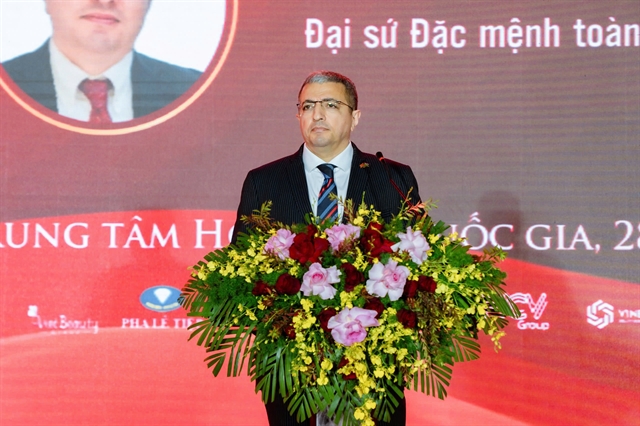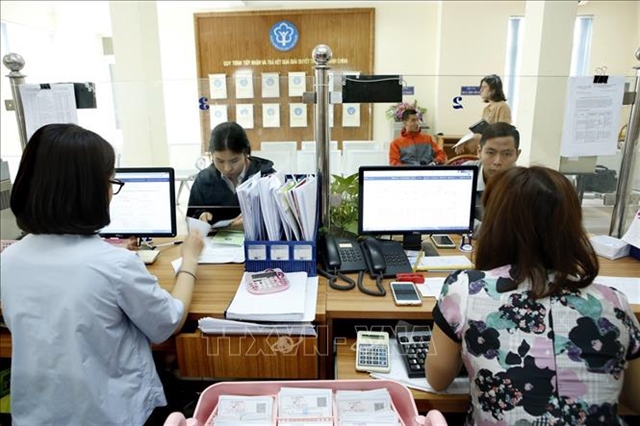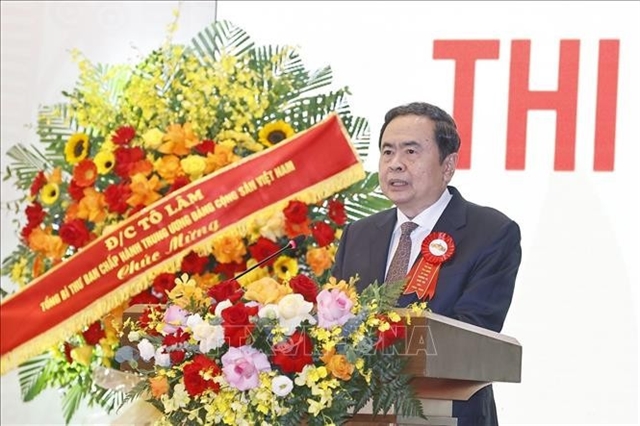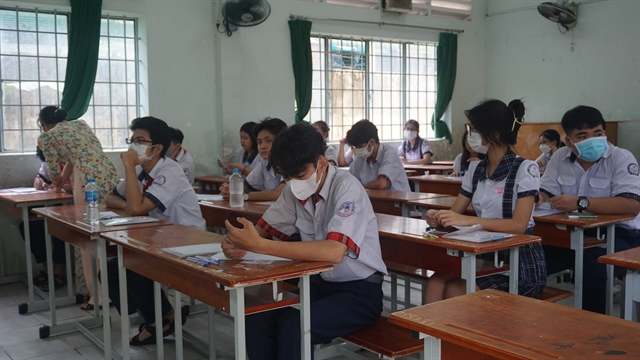 Society
Society

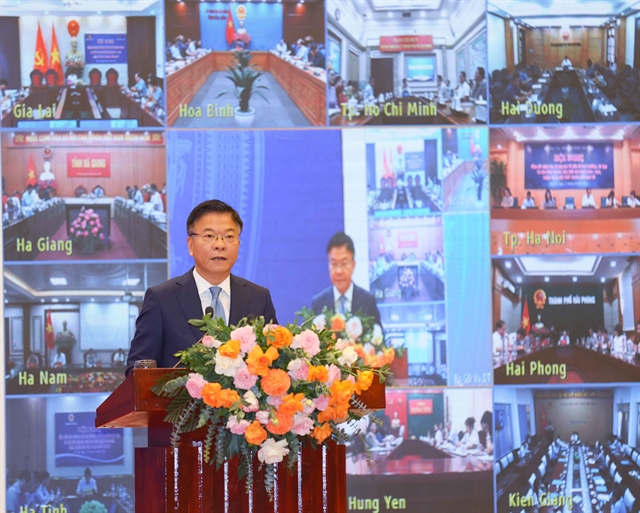 |
| Deputy Prime Minister Lê Thành Long speaks at the meeting on Friday. — VNA/VNS Photo |
HÀ NỘI — Việt Nam aims to have all classrooms across the country meet robust construction standards by 2030, according to Minister of Education and Training Nguyễn Kim Sơn.
The Minister was speaking at Friday's meeting to review the scheme for school facility improvement between 2013 and 2023.
Sơn highlighted the stark contrast between the comfortable conditions enjoyed by many urban people and the harsh conditions faced by children in mountainous areas.
"Thousands of children in mountainous provinces have to trek through forests for schools, only to sit in poorly built classrooms," he said.
He pointed out that a significant number of schools in mountainous areas are still in poor condition. In certain provinces, the rate of substandard schools can reach up to 40 per cent.
Several measures were urged to address the issue, including increasing public investment in school facilities and encouraging greater private sector involvement in education.
Deputy Minister of Education and Training Phạm Ngọc Thưởng underlined the remarkable progress in Việt Nam's school facilities over the past decade, noting the rate of standard classrooms rose from approximately 66 per cent in 2013 to over 86 per cent in 2023.
He cited the government's commitment to education as the driving force behind the improvement. He also highlighted the private sector, which, during the period, spent nearly VNĐ33 trillion (US$1.3 billion) to help build 36,000 classrooms and 1,300 staff rooms.
"The involvement of the private sector in education has significantly raised the rate of schools meeting national standards," said Thưởng.
According to the Deputy Minister, 56.9 per cent of preschools, 62.8 per cent of primary schools, 72.3 per cent of lower secondary schools, 49.6 per cent of upper secondary schools, and 44.2 per cent of high schools were up to standards by July 2023.
While large corporations, such as Vingroup and Viettel, banks and community organisations made monetary donations to the scheme, the armed forces lent their manpower, contributing thousands of working days to accelerate construction.
Deputy Prime Minister Lê Thành Long praised the Ministry of Education and Training for its efforts in implementing the scheme and acknowledged the contributions of all relevant ministries and agencies.
"Temporary classrooms have been replaced by solid and well-equipped ones", said Long. "Staff rooms have also been renovated, creating better working conditions for educators."
Despite the achievements, the Deputy Prime Minister highlighted the ongoing need for more school facilities, especially in remote and rural areas.
He proposed developing favourable policies to attract more businesses to invest in education. He also emphasised the importance of data collection and planning, suggesting the Ministry create a comprehensive database on infrastructure and equipment.
Local governments were tasked with reviewing their education facilities, ensuring there is sufficient land for school construction, especially in regions with rapid population growth.
The Deputy Prime Minister concluded by calling on businesses, organisations, and individuals to continue supporting the education sector to create a better learning environment for students. — VNS

